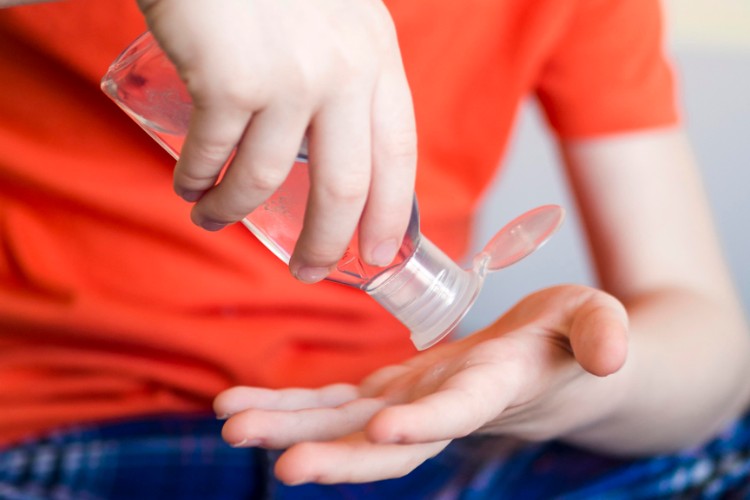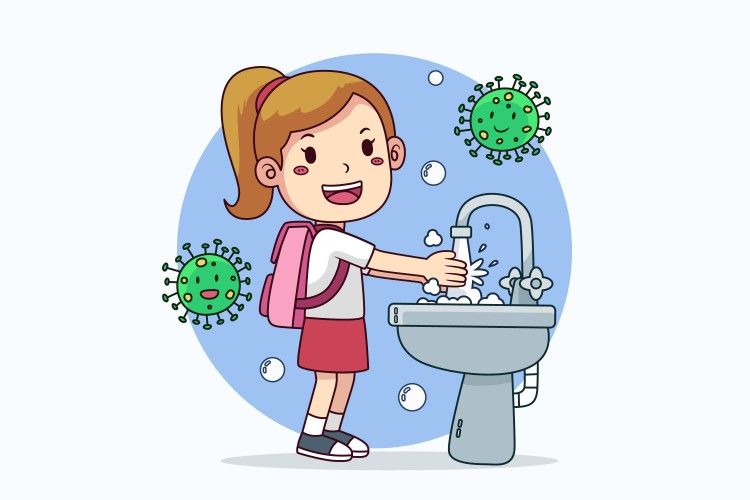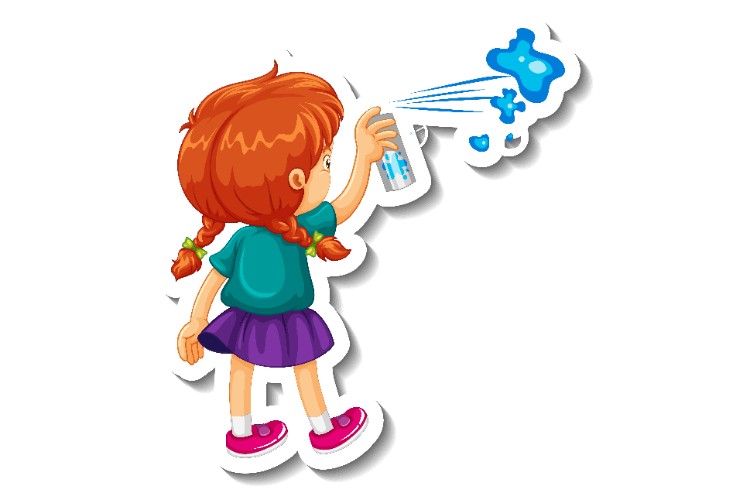Is Hypochlorous Acid Safe for Kids?
As parents, we constantly seek safe and effective solutions to protect our children's health. One such solution gaining attention is hypochlorous acid (HOCl). But is hypochlorous acid safe for kids? Let’s dive into the science, applications, and benefits of HOCl to answer this question thoroughly.

Understanding Hypochlorous Acid
Hypochlorous acid is a weak acid naturally produced by our white blood cells. It serves as a powerful defense mechanism against infections, bacteria, and other microbial pathogens. Composed of hydrogen, oxygen, and chlorine, HOCl is both potent against microbes and gentle on human tissues.
This unique characteristic makes it highly effective for disinfecting without causing irritation or harm to children. Unlike traditional chemicals that may pose health risks, hypochlorous acid is biocompatible and does not damage human skin, making it an excellent choice for everyday use.
How Is HOCl Produced?
Commercially, generating hypochlorous acid involves an advanced electrolysis process. By passing an electric current through a solution of salt (sodium chloride) and water, we can produce HOCl. This method, known as single-cell electrolysis, ensures high purity and effectiveness. The electrolysis process produces negatively charged ions, which enhance HOCl’s ability to neutralize harmful microbes.
HOCl is widely used in industries such as healthcare, food safety, and household sanitation. Some HOCl machines allow homeowners to generate their own supply by simply adding table salt to water, making it both cost-effective and environmentally friendly.
HOCl vs. Traditional Disinfectants
Traditional disinfectants like chlorine bleach have been widely used for decades, but they come with drawbacks. These chemicals can cause skin irritation, respiratory issues, and even poisoning if ingested accidentally. Here’s how HOCl compares:
1. Non-Toxicity: Unlike chlorine bleach, which contains harmful chemicals, hypochlorous acid is non-toxic and safe for children.
2. No Harmful Residue: Many disinfectants leave behind toxic residues that can be ingested by kids. HOCl, however, breaks down into water and simple salts.
3. Effectiveness: HOCl is highly effective against microbial pathogens, including bacteria, viruses, and fungi.
4. Environmentally Friendly: It degrades naturally, making it a sustainable and eco-friendly option.

Applications of Hypochlorous Acid for Kids
1. Surface Disinfection
HOCl is commonly used for disinfecting food contact surfaces, toys, and play areas. Since children frequently put objects in their mouths, it’s crucial to use a disinfectant that won’t leave harmful residues. Unlike chemical disinfectants, HOCl safely eliminates pathogens while being gentle on surfaces.
2. Skincare and Baby Hygiene
HOCl’s gentle nature makes it a popular ingredient in skincare products. It is used to treat acne, eczema, and diaper rash, making it ideal for babies and young children. Since it mimics the body’s natural immune response, it does not disrupt the skin’s microbiome.
3. Wound Care
Children often get minor cuts and scrapes. Hypochlorous acid is an excellent wound cleanser because it eliminates bacteria without causing stinging or irritation. It promotes healing by reducing infection risks and inflammation.
4. Hand and Toy Sanitization
Unlike alcohol-based sanitizers, which can dry out the skin, HOCl-based hand sanitizers are gentle and effective. It can also be sprayed on toys, strollers, and baby bottles to ensure a germ-free environment.
5. Air Purification
HOCl can be used in air humidifiers and diffusers to help eliminate airborne bacteria and viruses. This is especially beneficial in nurseries and playrooms where children spend most of their time.

Is Hypochlorous Acid Safe for Ingestion?
One of the most common concerns among parents is whether HOCl is safe if ingested accidentally. While it is not meant to be consumed, small amounts are generally harmless. Studies show that HOCl is non-toxic and does not cause poisoning at low concentrations. This makes it safer than chlorine bleach and other chemical disinfectants.
Additionally, since HOCl is used in food processing to sanitize produce and meat, it is recognized as safe by the FDA and other regulatory bodies. This further supports its use in environments where children are present.
The Science Behind HOCl’s Effectiveness
Hypochlorous acid works by penetrating microbial cell walls and disrupting essential cellular functions. Because it carries a neutral charge, it is more efficient at destroying bacteria compared to negatively charged disinfectants. This makes it a fast-acting solution for eliminating harmful microbes without damaging human cells.
Studies show that HOCl can kill a broad spectrum of pathogens, including:
· E. coli
· Salmonella
· Norovirus
· Influenza viruses
· Staphylococcus aureus
How to Use HOCl at Home
For parents interested in using hypochlorous acid at home, consider investing in an HOCl machine. These devices allow you to generate fresh HOCl using salt water and electricity. This not only saves money but also reduces reliance on store-bought disinfectants filled with harsh chemicals.
Best Uses of HOCl at Home:
· Disinfect kitchen countertops and food contact surfaces
· Sanitize baby bottles, pacifiers, and teething toys
· Clean high-touch areas such as doorknobs and light switches
· Treat minor cuts and scrapes
· Freshen up bedding and stuffed toys

Environmental Benefits of HOCl
Parents looking for sustainable choices will appreciate HOCl’s eco-friendly profile. Unlike chlorine bleach, which releases harmful fumes and byproducts, hypochlorous acid decomposes into water and salt. It does not contribute to water pollution and reduces the need for chemical-based cleaners.
Using HOCl also reduces plastic waste. By generating hypochlorous acid at home, families can eliminate the need for multiple cleaning products, lowering their environmental footprint.
HOCl in Schools and Daycares
Many schools and daycare centers have started using HOCl as a safer alternative to traditional disinfectants. Since children are more vulnerable to harsh chemicals, switching to hypochlorous acid minimizes their exposure to toxins. Schools use HOCl to:
· Disinfect shared toys and learning materials
· Clean lunch tables and kitchen surfaces
· Maintain hygiene in restrooms and classrooms
· Reduce airborne germs in enclosed spaces
Final Thoughts: Should Parents Use HOCl?
The evidence overwhelmingly supports the safety and effectiveness of hypochlorous acid for children. Its gentle yet powerful disinfecting properties make it a must-have for parents looking for non-toxic cleaning solutions. From surface disinfection to wound care, HOCl provides multiple benefits without the risks of traditional chemicals.
As awareness grows, more households are adopting HOCl machines to ensure their homes remain germ-free while protecting their loved ones. Embracing this natural disinfectant could be the key to a healthier and safer environment for kids.
References:
1. Safe Disinfection in Schools and Daycares with Hypochlorous Acid
2. Hypochlorous Acid in Pediatric Wound Management
